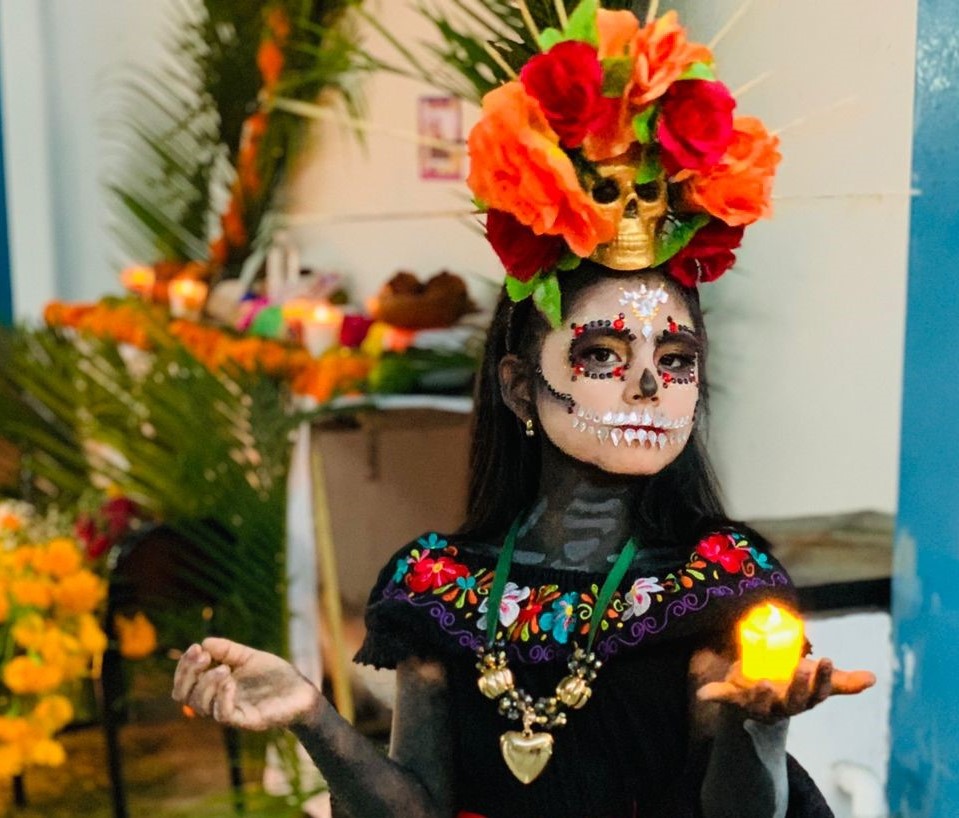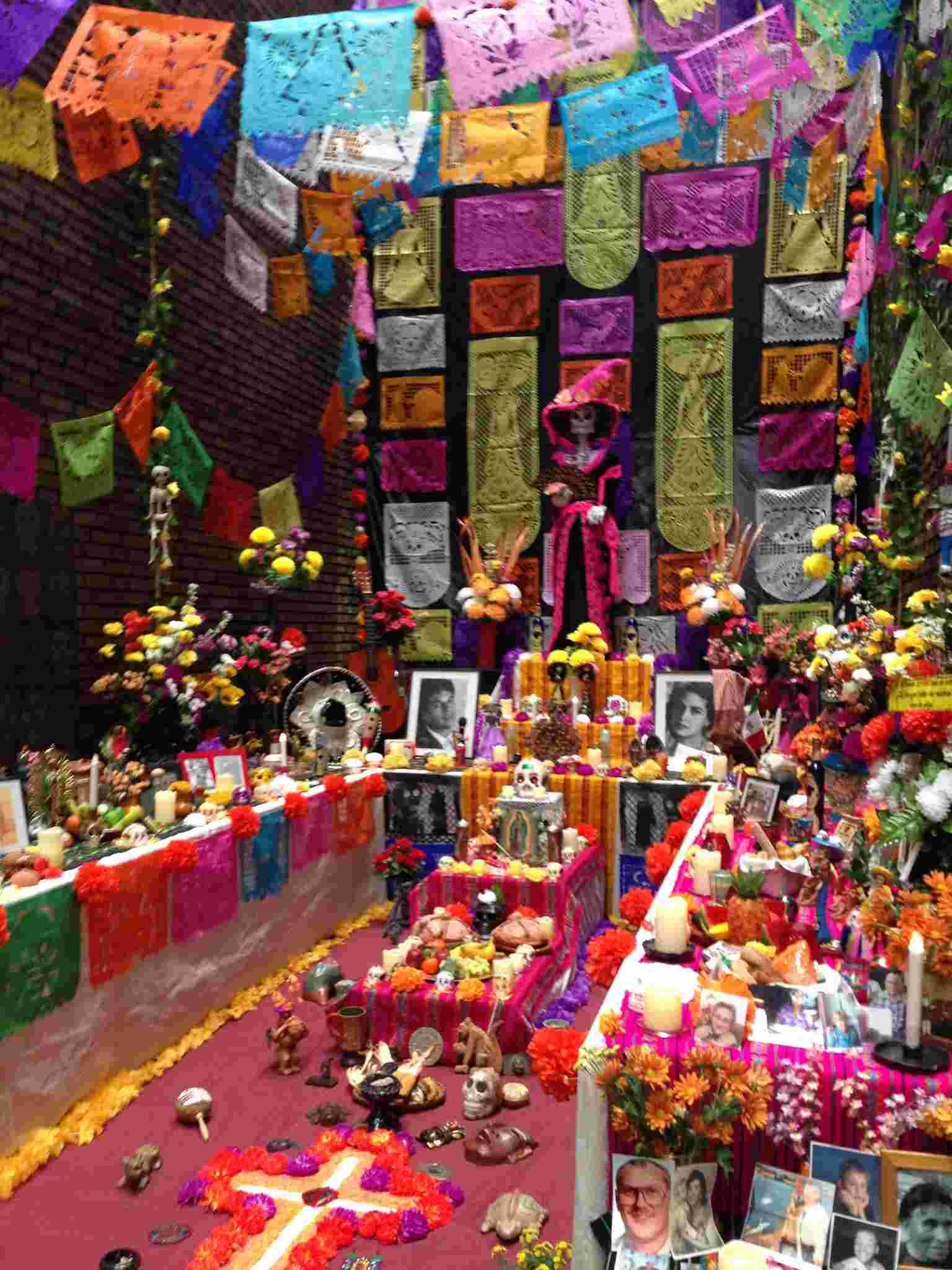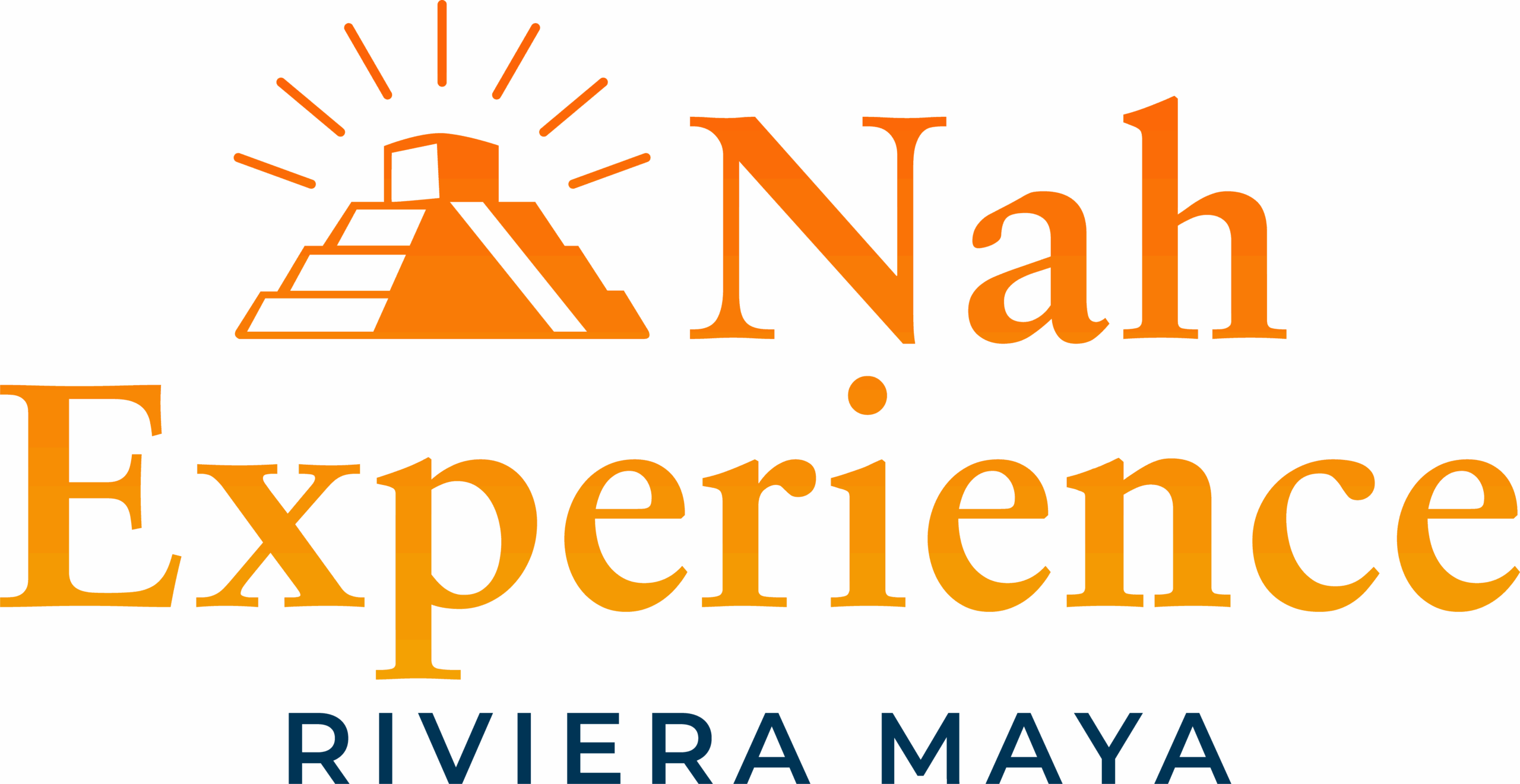“Celebrate Life by Honoring the Departed: A Journey Through Mexico’s Day of the Dead Traditions.”
Discover the Magic of Mexico’s Day of the Dead
The Day of the Dead is one of Mexico’s most iconic celebrations—a holiday that intertwines the spiritual with the festive, where life and death meet in a tribute to loved ones who have passed away.
Would you like to discover the meaning behind this deeply rooted Mexican tradition? Keep reading to learn how Day of the Dead is celebrated in Mexico and how you can experience this unique event!
At VivasunTours, while our excursions are not specifically centered around this holiday, we offer you the chance to immerse yourself in Mexican culture and learn about its roots as you explore the stunning Riviera Maya.
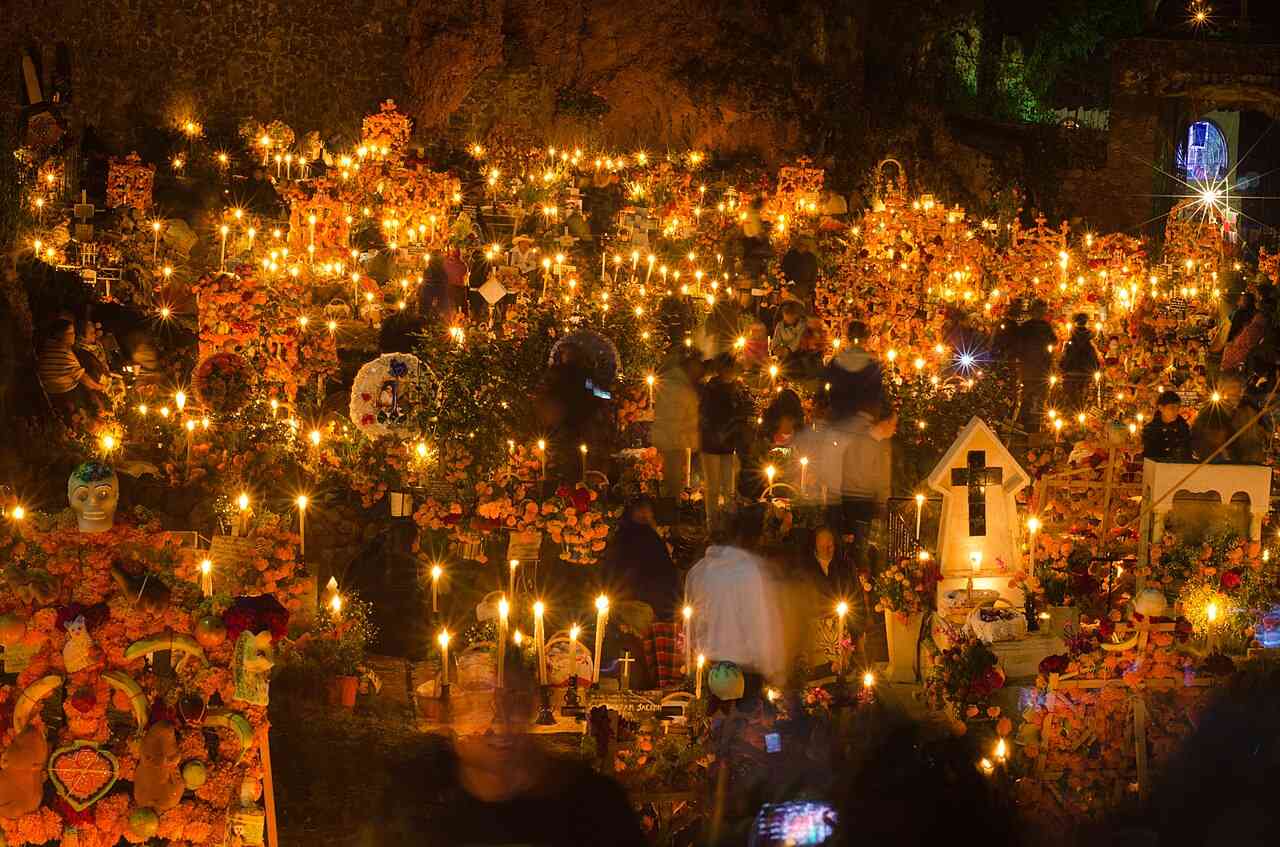
What is the Día de Muertos?
The Día de Muertos is celebrated on November 1st and 2nd, a time when Mexican families honor their deceased loved ones. This celebration blends pre-Hispanic and Catholic traditions and is recognized globally, having been declared Intangible Cultural Heritage of Humanity by UNESCO.
Far from being a sorrowful event, the Day of the Dead is a vibrant celebration full of color, music, and flavor. Families set up altars, known as ofrendas, in honor of the departed. These altars are adorned with marigold flowers, candles, sugar skulls, and traditional food like pan de muerto. The goal is to invite the souls of the deceased to temporarily return to the world of the living and enjoy the pleasures they once loved.
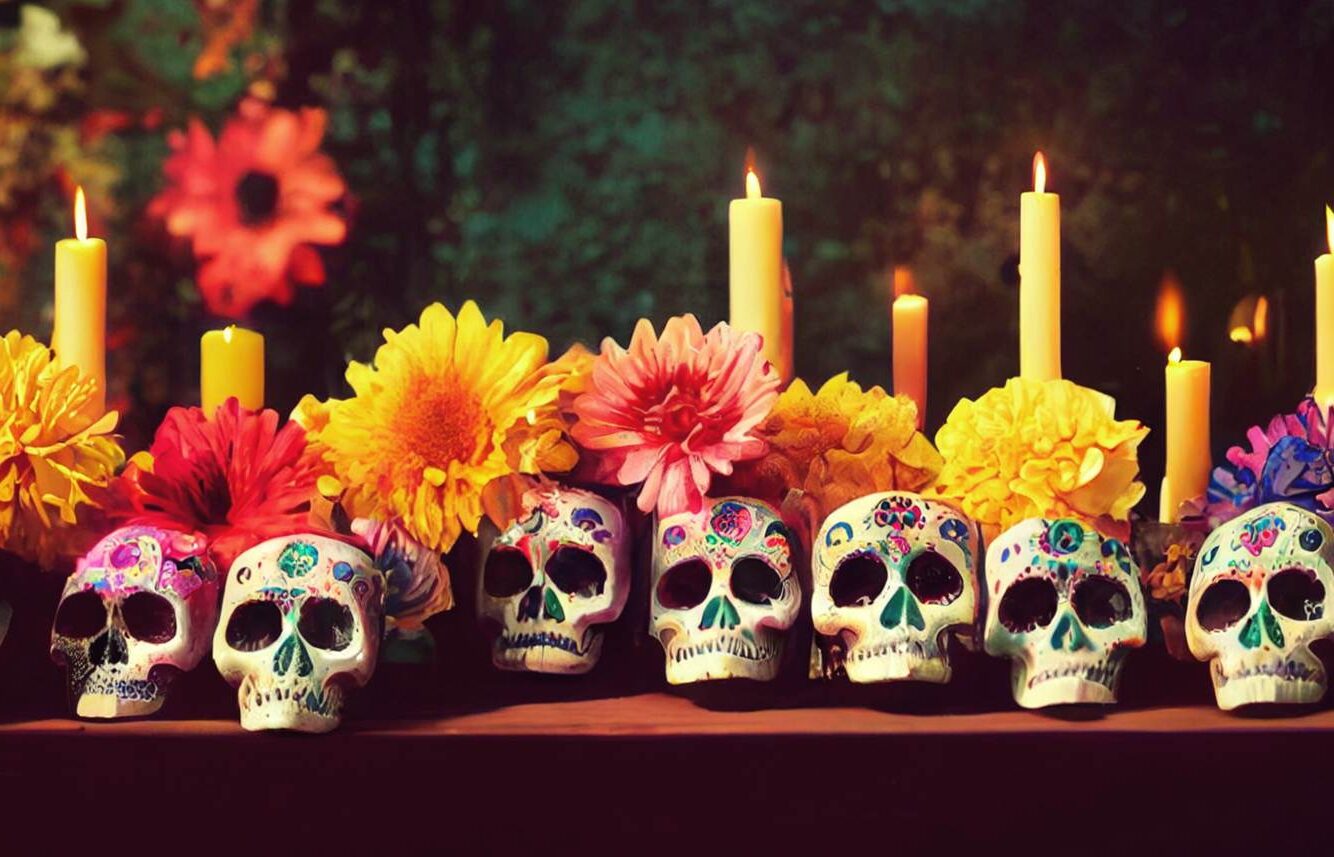
How is the Día de Muertos Celebrated in Mexico?
Each region of Mexico has its own way of celebrating the Día de Muertos, but some elements are common across the country:
- Altars and Ofrendas: Altars are the heart of the celebration. They are filled with photos of the departed, food, drinks, and meaningful objects that represent what those individuals enjoyed in life. Marigold flowers and candles guide the souls back home. Colorful tissue paper banners symbolize the wind, and sugar skulls represent death in a playful manner.
- Parades and Skeletons: In cities like Mexico City, the Day of the Dead parade has become very popular. Thousands of people take to the streets dressed as catrinas (the iconic skeleton woman dressed elegantly) and skeletons to celebrate life and death. These parades are filled with color, music, and traditional dances.
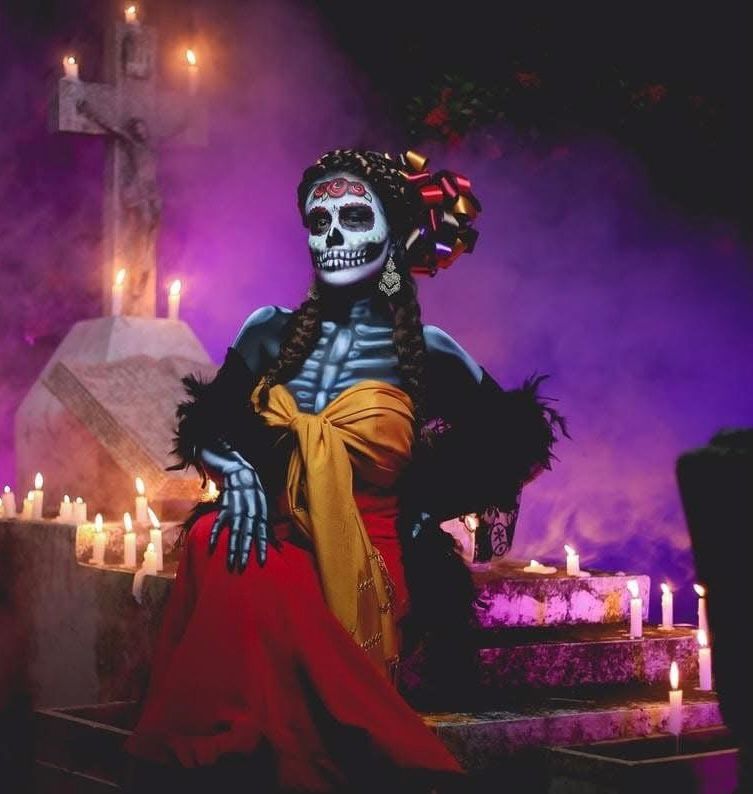
- Cemetery Visits: One of the most intimate aspects of the celebration is the visit to cemeteries, where families clean and decorate the graves of their loved ones with flowers, candles, and food. In some parts of Mexico, like Michoacán, families spend the night of November 1st at the graves, sharing stories, songs, and food.
- Traditional Food: Food plays an essential role in the celebration. Pan de muerto, a delicious sweet bread decorated with shapes that represent bones, is a favorite of the season. Tamales, atole, mole, and other typical dishes are also prepared and placed on the ofrendas.
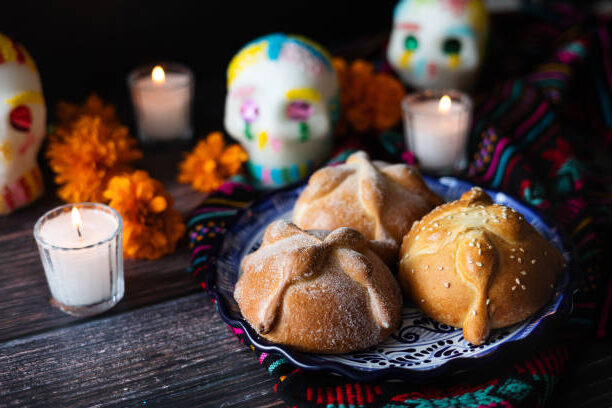
Why is the Day of the Dead So Special in Mexico?
The Day of the Dead is special because it reflects how Mexicans view life and death. Rather than fearing death, they celebrate it, believing that the departed are not gone forever but remain with us in spirit. This celebration reminds us of the importance of honoring those we love and keeping their memory alive.
Additionally, the Day of the Dead is not only a religious event but also a time for Mexican communities to come together, share traditions, and celebrate life.
Experience the Magic of the Day of the Dead and Explore the Riviera Maya with Nah Experience
